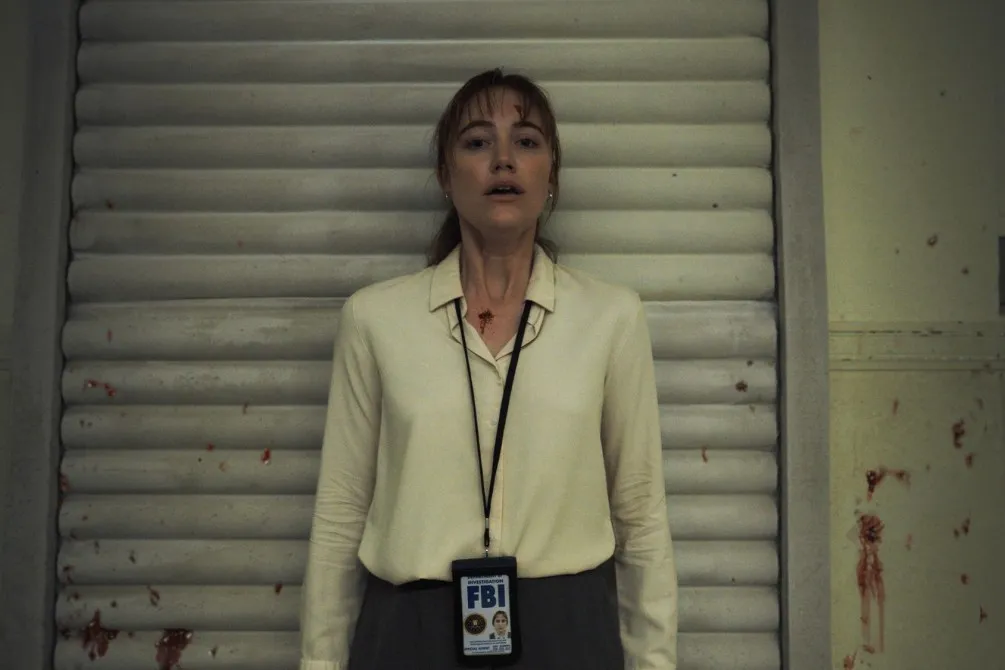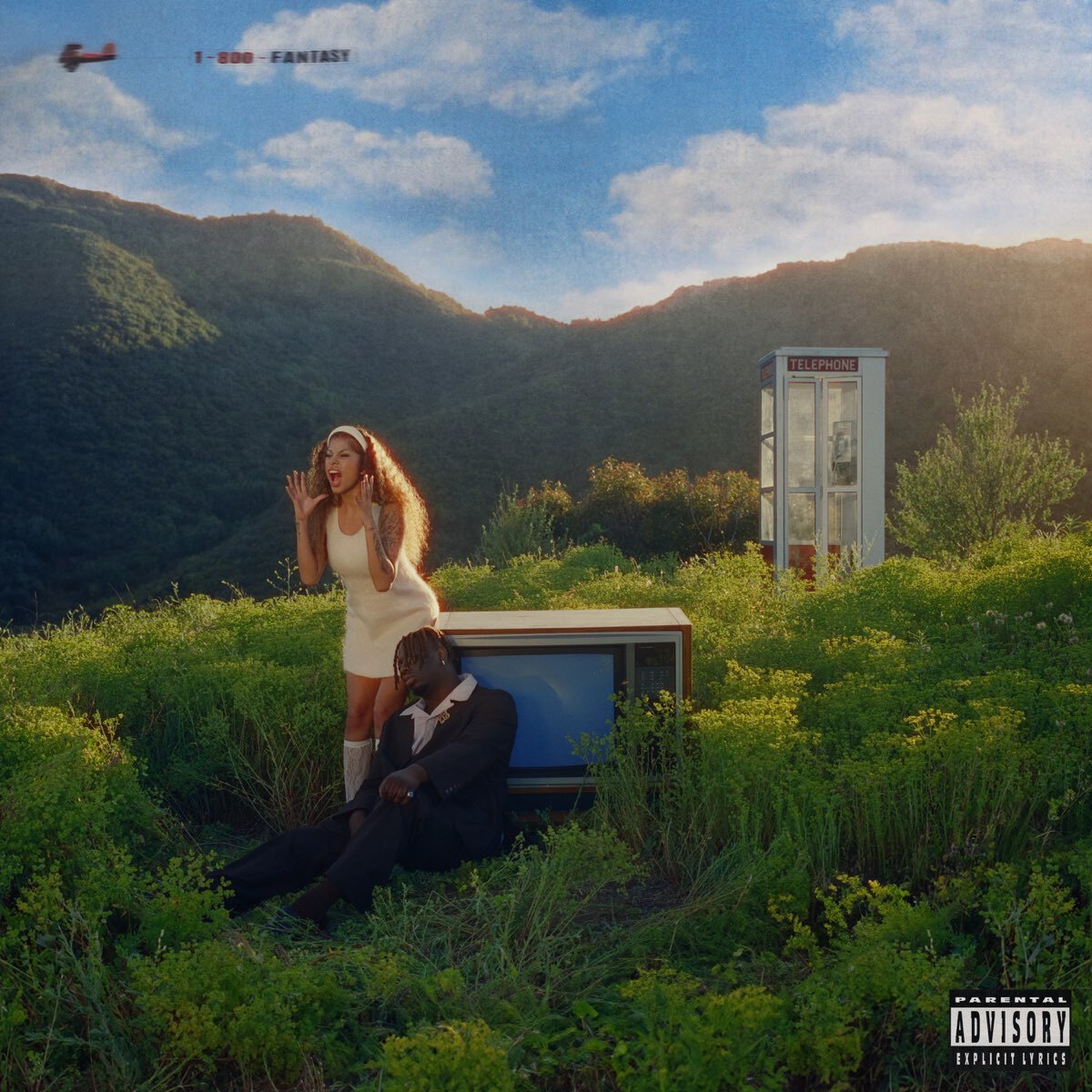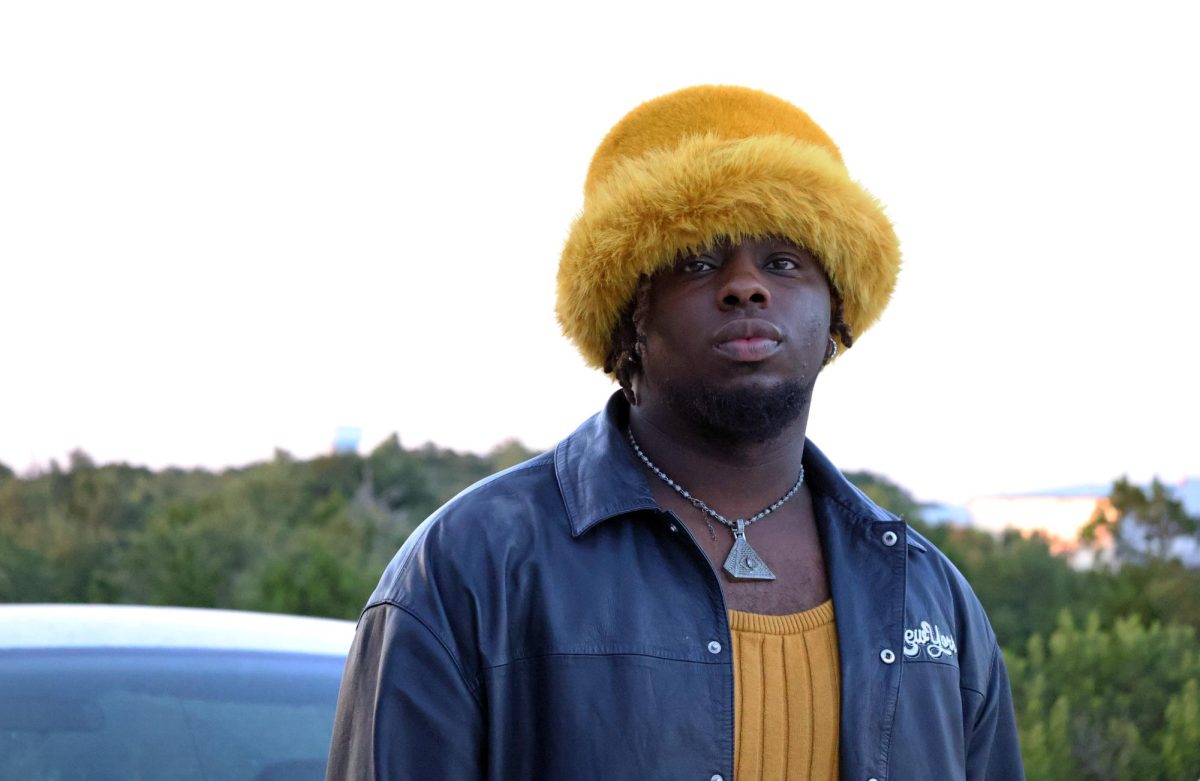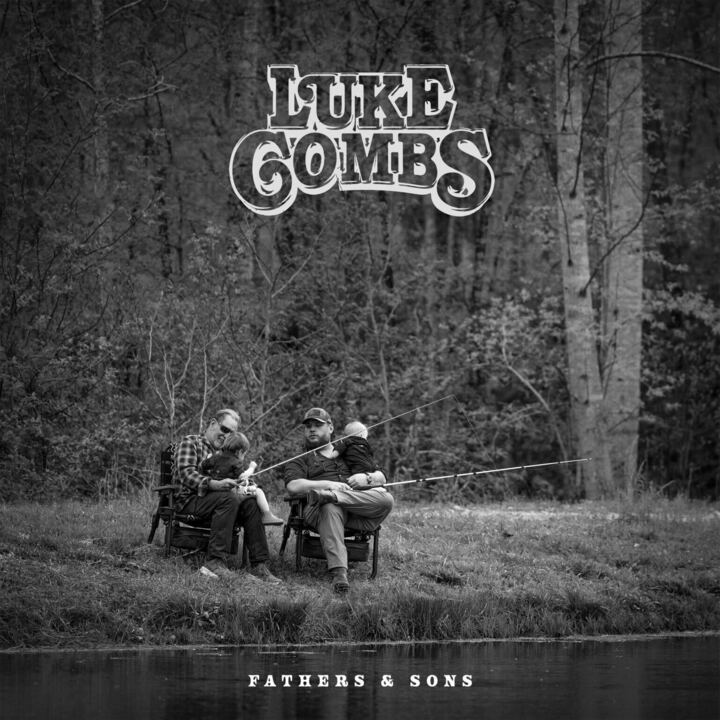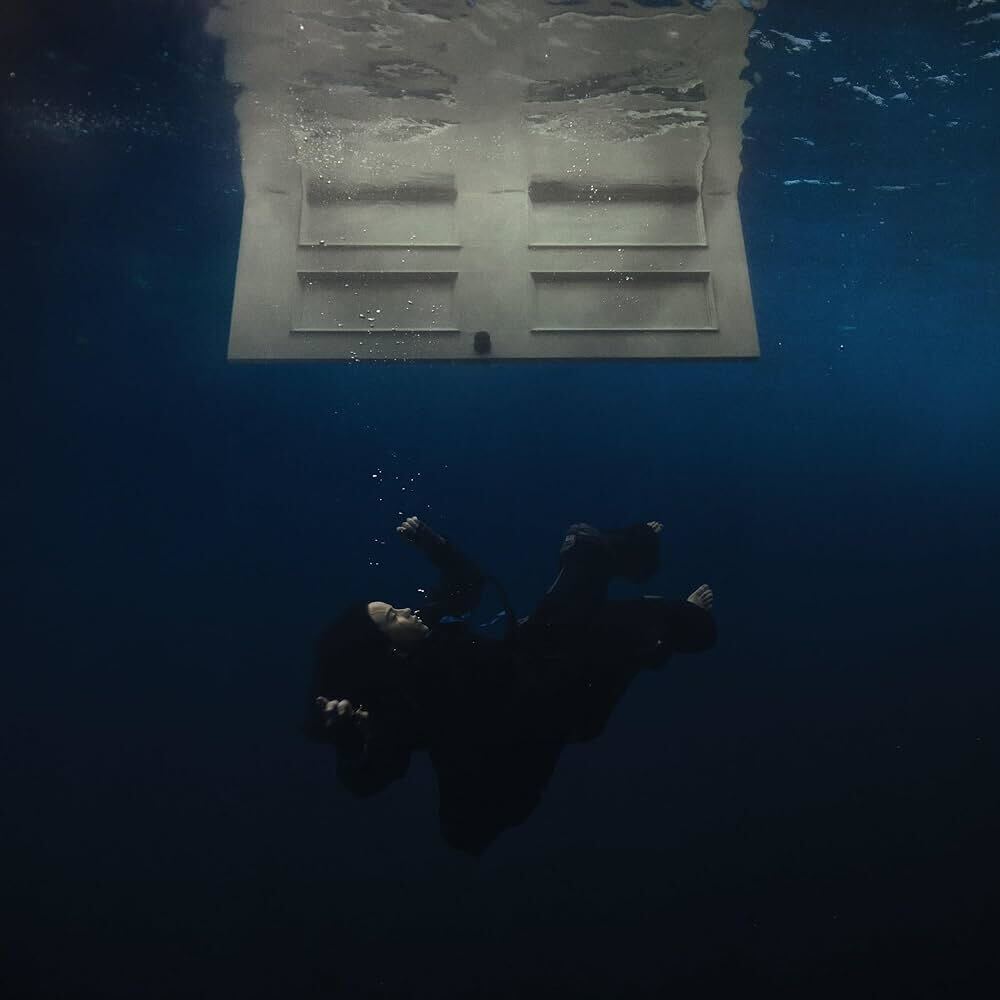Formed in Santa Barbara, California, indie rock quintet Gardens & Villa recently released their second album, Dunes, and will be performing at Fun Fun Fun Fest on Sunday. Their first self-titled studio album came out in 2011 under the record label Secretly Canadian. The Daily Texan spoke with Adam Rasmussen, one of Gardens & Villa’s founding members, about the band’s origins and its latest album.
The Daily Texan: How did Gardens & Villa come together?
Adam Rasmussen: Chris [lead vocalist] and I had met down at the harbor in Ventura, and we ended up going out one morning. We started talking about music and had a lot of similarities. We started a musical friendship, and we’ve been making music for about 10 years or so, and Gardens & Villa is one of those incarnations. Levi, the drummer, was also part of that original crew, and, about five years ago, we met Shane and Dustin.
DT: Who would you say are your major influences as artists?
AR: I really love Brian Eno’s work, especially records like Another Green World or Taking Tiger Mountain (by Strategy). We also really love soul music and a lot of proto- and post-punk bands from the
mid ’70s.
DT: How have you all developed as artists since your first album?
AR: We learned how to play our instruments. I mean, I’m joking, but that’s honestly part of it. When we put out the debut, we were all working as mechanics or bartenders and all sorts of stuff, so making a record in that environment is a lot of work. Now, we’ve restructured our ideas and transitioned to more of a music-structured lifestyle and had a chance to explore the potential of the project.
DT: Do you think it’s hard to make a name for yourself in the industry?
AR: I think music has always kind of seemed exponential. Like in the ’60s, as many records came out in a year as many records come out in like a week now. So that’s crazy, but there’s also the force of changing and evolving as a musician, and, unless what you’re trying to do is exactly what someone else is trying to do, you can kind of do your own thing and not have to pay attention to every banjo-centric band or saxophone resurgence that comes around.
DT: What are your future goals as a band?
AR: We’re kind of just trying to open up, or evolve and focus on music that gets played more and more. To make music that’s aware and genuine. We’d also like to tour to Asia and Australia. We’ve spent a lot of time in Europe and the States, and we’d like to continue seeing the world to change as artists and as people.
DT: What kind of impact did the change in recording venues from Santa Barbara to Lake Michigan have on the band?
AR: They’re like different worlds in the truest sense. Even though they’re contained within the same grouping of states, they feel like worlds away, as far of being a creative platform for projects and musical expressions. I think we’re gonna bring the next record back to the west coast. Michigan was cool, but it was also very cold, and this next record we’re working a lot more on more of a self-produced record.



